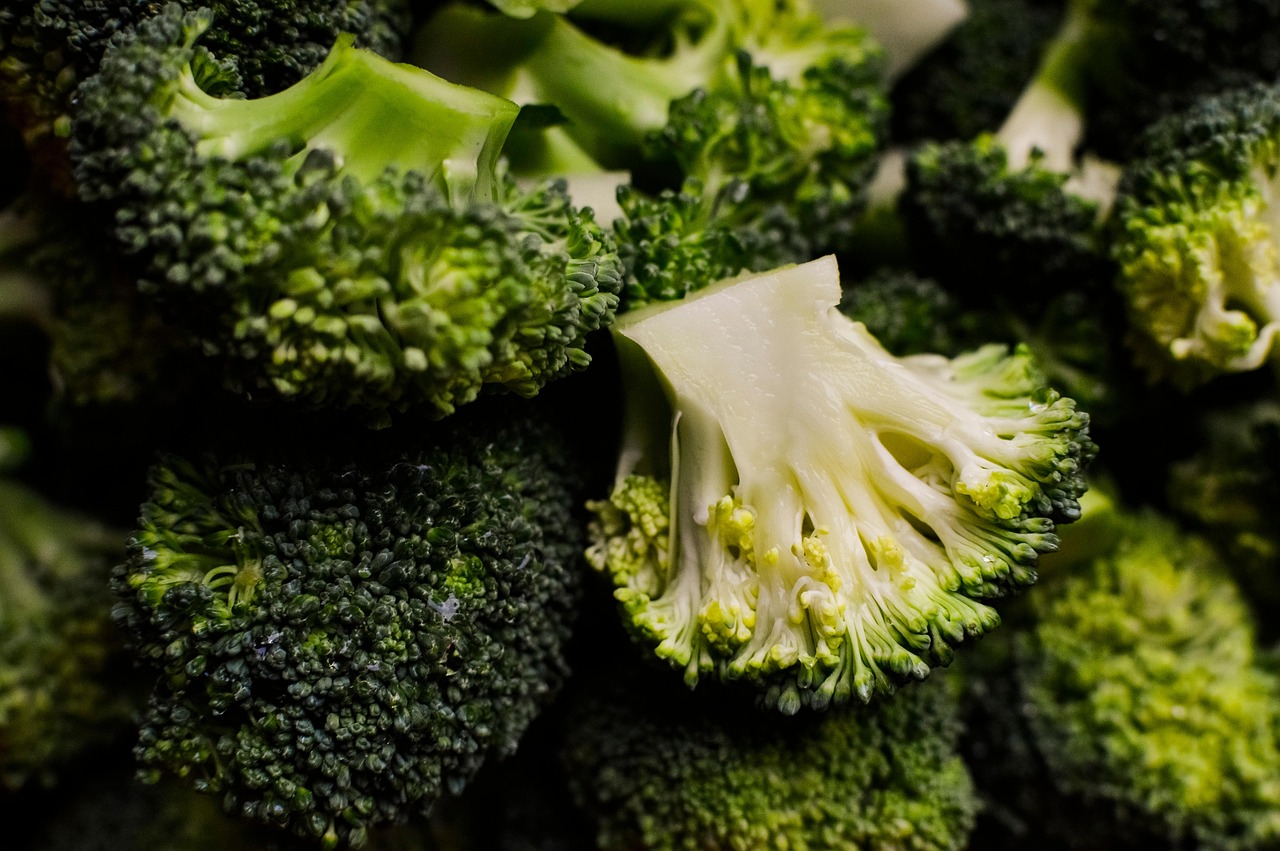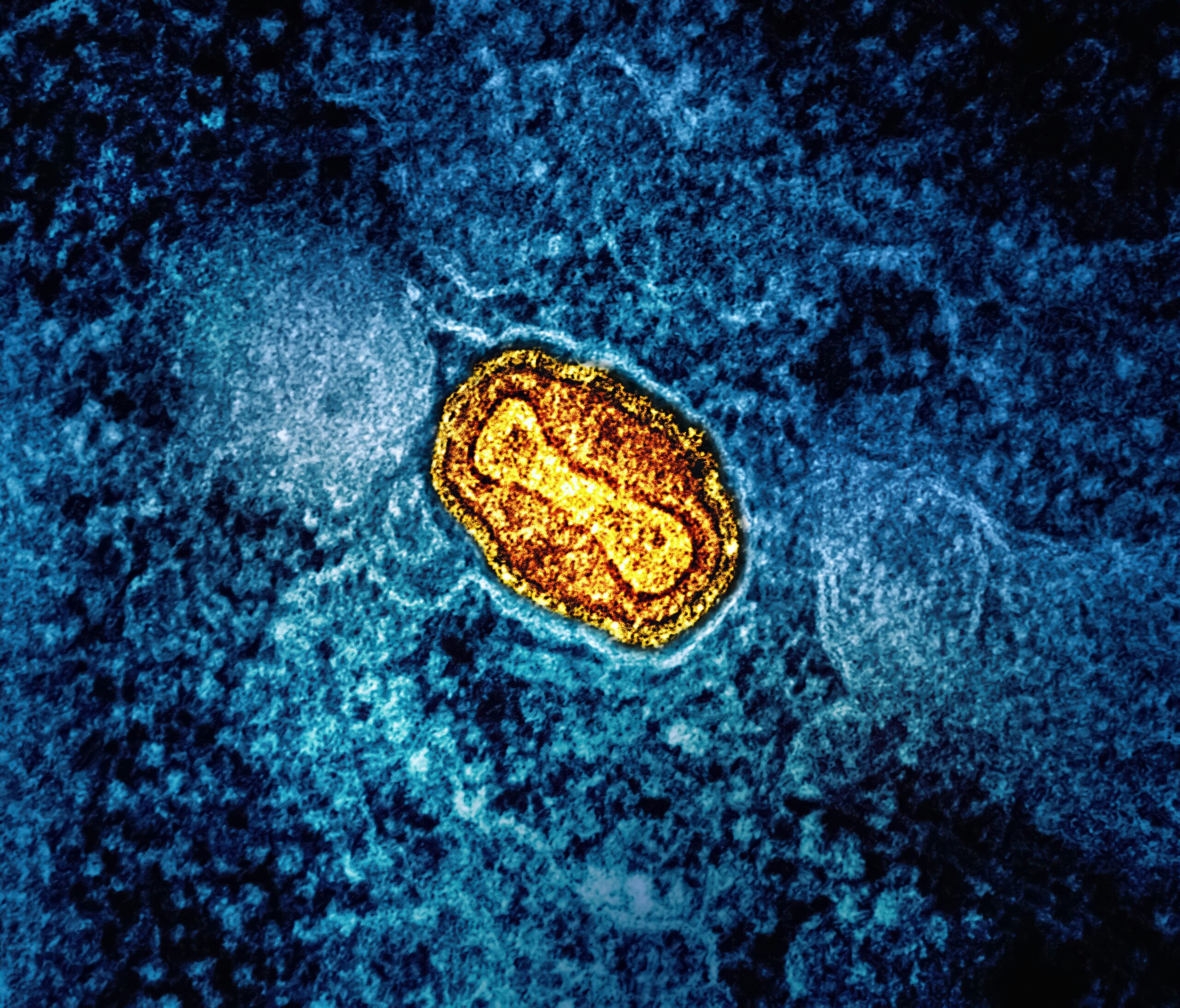Microplastics Are Inside You—Now What Are You Going to Do About It?
You’re not imagining it. The world is coated in plastic—and so are you. Every week, you consume the equivalent of a credit card’s worth of microplastics. It’s not a clickbait stat. It’s what researchers found after measuring the particles hiding in our food, water, and air.
But the real threat isn’t the plastic itself. It’s what’s riding on it.
Microplastics act like Trojan horses—carrying hormone disruptors, industrial pollutants, and fat-soluble toxins straight into your bloodstream. They don’t just pass through your body. They cross the blood-brain barrier, embed in organs, and even show up in placentas. This isn’t passive exposure. It’s slow, systemic poisoning.
So what do you do when the threat is invisible, unavoidable, and literally baked into the structure of modern life?
You don’t run—you build your defenses, and one of the most powerful defenses we have is a sulfur-based molecule hiding in broccoli sprouts.
It’s called sulforaphane, and it doesn’t just neutralize toxins—it upregulates your body’s built-in detox systems. In clinical studies, it’s helped people flush out deeply embedded carcinogens at rates up to 60% faster. And it’s emerging as one of the only natural compounds with the potential to counter the biochemical chaos caused by plastic overload.
What makes sulforaphane special is how powerfully it supports your body’s natural detox systems. Think of it like flipping on a master switch that boosts your liver’s ability to break down and flush out harmful chemicals—including some of the toxins that microplastics release inside your body.
It also acts like a cellular shield: reducing inflammation, activating antioxidant defenses, and helping your cells repair damage. In the context of microplastics, sulforaphane might not literally vacuum plastic out of your organs, but it strengthens the body’s defenses against the chemical chaos these plastics cause—especially at the hormonal and cellular level.
Here’s the key catch: while sulforaphane is incredibly potent, it’s also extremely fragile. When you boil or overcook cruciferous vegetables, the enzyme needed to activate sulforaphane (called myrosinase) gets destroyed—meaning you lose most of its detox power. For example, boiling broccoli can reduce sulforaphane formation by more than 80%, leaving you with just trace amounts of the compound your body needs to fight microplastic damage.
If you’re eating cooked vegetables thinking you’re getting detox benefits, you might be missing the mark. To actually tap into sulforaphane’s protective effects, you either need to eat these vegetables raw, lightly steamed, or sprouted (like broccoli sprouts), or take a high-quality supplement that includes both sulforaphane and the myrosinase enzyme.
The good news? Even small doses—especially from sprouts or stabilized supplements—have been shown to trigger measurable changes in your body’s detoxification pathways.
How Microplastics Damage Your Body
Once microplastics enter your system, they create havoc through multiple pathways:
Physical Cellular Damage: The particles can penetrate cell membranes and interfere with normal cellular processes. They obstruct nutrient transport and waste removal, leading to cellular dysfunction and death.
Chronic Inflammation: Your immune system recognizes microplastics as foreign invaders, triggering persistent inflammation. This chronic inflammatory state contributes to cardiovascular disease, arthritis, and cancer.
Hormonal Disruption: The chemicals carried by microplastics bind to hormone receptors, blocking normal hormone function. This affects your reproductive system, thyroid, stress response, and metabolism.
Oxidative Stress: Microplastics generate free radicals, overwhelming your body’s antioxidant defenses and accelerating cellular aging.
The Sulforaphane Solution: Your Body’s Natural Defense System
Your body wasn’t made to handle synthetic plastics. Microplastics aren’t just chemicals—they’re tiny solid particles that can lodge in tissues, crossing biological barriers and disrupting cellular function. Science is still catching up on how much damage they do, but one thing’s clear: your natural detox systems weren’t built for this kind of assault.
Researchers are working on better filters, pollution controls, and immune responses—but when it comes to clearing microplastics, your body’s options are limited. The usual detox pathways handle soluble toxins, not solid plastic particles.
That’s where sulforaphane steps in. Found in cruciferous veggies like broccoli sprouts and kale, sulforaphane isn’t your average antioxidant. It flips the switch on your cells’ defense systems—activating the NRF2 pathway to crank up detox enzymes and antioxidant production. It won’t vacuum microplastics out of your organs, but it does boost your ability to neutralize the chemical toxins hitching a ride on those plastics, and it slashes the oxidative stress and inflammation they cause.
Sulforaphane strengthens your body’s built-in detox toolkit—arming you against the hidden toxic load microplastics bring in.
How Sulforaphane Fights Microplastic Damage
NRF2 Pathway Activation: Sulforaphane activates the Nrf2 pathway, a cellular defense system responsible for reducing oxidative stress and enhancing the body’s ability to detoxify harmful substances.
Phase II Detoxification Enhancement: Sulforaphane upregulates phase II detoxification enzymes, including glutathione S-transferases (GSTs) and quinone reductase, which play a critical role in neutralizing and removing harmful toxins from the body, including BPA, BPS, phthalates, and other endocrine disruptors.
Proven Toxin Elimination: Studies show that sulforaphane can increase the excretion of toxins like benzene and acrolein by up to 60%. While more research is needed specifically for microplastics, these findings suggest similar benefits for plastic-associated chemicals.
How Researchers Discovered Sulforaphane’s 60% Detox Boost
In a region just north of Shanghai, China—one of the most polluted areas on Earth. Dr. Tom Kensler and his research team had been studying liver cancer risk in subsistence farming communities when they noticed something unexpected happening with air pollution.
As China’s economy exploded, so did their air quality problems. The researchers found themselves with a unique opportunity: a population exposed to extreme levels of benzene—the same toxic compound found in cigarette smoke, car exhaust, and industrial emissions. Benzene is a known carcinogen that damages DNA and increases cancer risk.
The China Air Pollution Experiment
In 2014, Kensler’s team published what would become a landmark study in the journal Cancer Prevention Research. They recruited participants from this heavily polluted region and gave them a simple intervention: a broccoli sprout beverage containing sulforaphane.
The results were nothing short of remarkable.
Within 24 hours, participants showed a 60% increase in benzene excretion through their urine. The effect wasn’t gradual—it was immediate and dramatic. People living in one of the most toxic environments on the planet were suddenly able to flush out cancer-causing compounds at a rate that shocked even the researchers.
What made this study so significant wasn’t just the 60% improvement—it was what it revealed about how sulforaphane works. The researchers found that sulforaphane didn’t just act as a simple antioxidant. Instead, it activated the participants’ cellular defense systems, specifically the NRF2 pathway.
When NRF2 is activated, it triggers the production of Phase II detoxification enzymes—the body’s specialized system for neutralizing and eliminating toxic compounds. These enzymes don’t just handle benzene; they process a wide range of environmental toxins, including the plastic-associated chemicals we encounter daily.
The Microplastic Connection
While the China study focused specifically on benzene and acrolein (another air pollutant), the implications for microplastic detoxification are profound. Here’s why:
Similar Toxic Pathways: BPA, phthalates, and other microplastic-associated chemicals are processed through the same Phase II detoxification system that showed the 60% improvement in the study.
Proven Mechanism: The study demonstrated that sulforaphane can dramatically enhance the body’s ability to eliminate lipophilic (fat-soluble) toxins—exactly the type of chemicals that microplastics carry.
Real-World Relevance: If sulforaphane can help people living in extreme pollution eliminate 60% more toxins, imagine what it could do for microplastic-associated chemicals that we’re all exposed to daily.
Dr. Kensler’s study provides the strongest evidence we have for sulforaphane’s detoxification power. While we don’t yet have direct studies showing sulforaphane eliminating microplastics specifically, the 60% improvement in toxin excretion suggests similar benefits for plastic-associated chemicals.
The study used a broccoli sprout extract equivalent to about 30-60mg of active sulforaphane daily—the same dosing range that’s now recommended for general detoxification support.
More importantly, the study showed that sulforaphane’s effects were immediate and sustained. Participants didn’t need weeks or months to see benefits—their detoxification systems kicked into high gear within 24 hours and maintained enhanced function throughout the study period.
This research transformed sulforaphane from an interesting plant compound into a legitimate detoxification tool. When faced with unprecedented toxic exposure, our bodies need more than just basic nutrition—they need enhanced cellular defense systems. The China study proved that sulforaphane can provide exactly that.
How to Use Sulforaphane for Microplastic Detox
Food Sources vs. Supplements
🥦Broccoli Sprouts: Broccoli sprouts contain up to 100 times more sulforaphane than mature broccoli. Just 1-2 ounces daily provides therapeutic amounts.
🥬Raw Cruciferous Vegetables: Fresh broccoli, kale, and Brussels sprouts contain sulforaphane precursors, but only if eaten raw or lightly steamed (heat destroys the activating enzyme).
💊✅ Quality Supplements: For consistent dosing, choose supplements providing 30-60mg of active sulforaphane daily. It’s important to choose high-quality products to ensure bioavailability.
The Practical Protocol
Daily Dose: 30-50mg of active sulforaphane from supplements, or 1-2 ounces of fresh broccoli sprouts.
Timing: Take on an empty stomach for better absorption. Morning dosing may support daily detoxification processes.
Duration: Consistent daily use for at least 8-12 weeks to see measurable detoxification improvements.
Support Stack: Combine with other detox-supporting nutrients like glutathione, vitamin C, and adequate fiber for enhanced elimination.
Reducing Microplastic Exposure
While sulforaphane helps your body cope with microplastic damage, reducing exposure remains crucial:
✅Filter Your Water: Use reverse osmosis or high-quality carbon filters to remove microplastics from drinking water.
✅Choose Glass and Ceramic: Replace plastic food containers with glass or ceramic alternatives, especially for hot foods and beverages.
✅Eat Fresh, Whole Foods: Studies show microplastics enter through salt (5,000-7,000 particles), fish (500-12,000 particles), fruits (448,000-462,000 particles), and vegetables (29,600-95,500 particles) annually. Choose organic when possible to reduce contamination.
✅Avoid Synthetic Clothing: Natural fibers like cotton, wool, and linen shed fewer microplastic particles than synthetic fabrics.
✅Use HEPA Air Filters: Indoor air can contain significant microplastic particles from synthetic furnishings and clothing.
The Cost of Inaction
Microplastic exposure isn’t optional in modern life. The question isn’t whether you’re exposed—it’s whether your body can effectively process and eliminate these toxins.
Without adequate detoxification support, microplastics and their associated chemicals accumulate over time, contributing to:
⚠️ Chronic inflammation and accelerated aging!
⚠️ Hormonal imbalances affecting metabolism and reproduction!
⚠️ Increased risk of metabolic diseases and cancer!
⚠️ Compromised immune function and stress resilience!
Sulforaphane: Your Body’s Natural All-Around Defense Against Environmental Toxins
The media is finally starting to expose what’s been under our noses for years: microplastics are everywhere. They’re in the air you breathe, the water you drink, and the food you eat. Along with BPA, BPS, and phthalates, these toxins are unavoidable—and they threaten your health in ways most people don’t realize.
Sulforaphane is one of the best natural tools you have to fight back. It supercharges your body’s detox pathways and crushes oxidative stress at the cellular level. Studies show it can boost your ability to clear plastic-related toxins by up to 60%. It’s no magic bullet, but it’s one of the most effective compounds out there for detox support.
Since daily exposure to microplastics is a given, the real question is whether you’re actively arming your body to handle the load. Sulforaphane doesn’t just prevent damage—it optimizes your defenses to manage ongoing environmental assaults.
A daily dose of 30–50mg of high-quality sulforaphane, paired with cutting back on microplastic exposure, and consistent use over 8 to 12 weeks can kick your detox system into high gear.
Your cells—and long-term health—will benefit.
Disclaimer: This article is for informational and educational purposes only and is not intended as medical advice. The content is based on current research and emerging science but should not be used to diagnose, treat, or cure any disease. Always consult with a qualified healthcare provider before starting any new supplement or detoxification protocol, especially if you are pregnant, nursing, taking medications, or have a medical condition.


